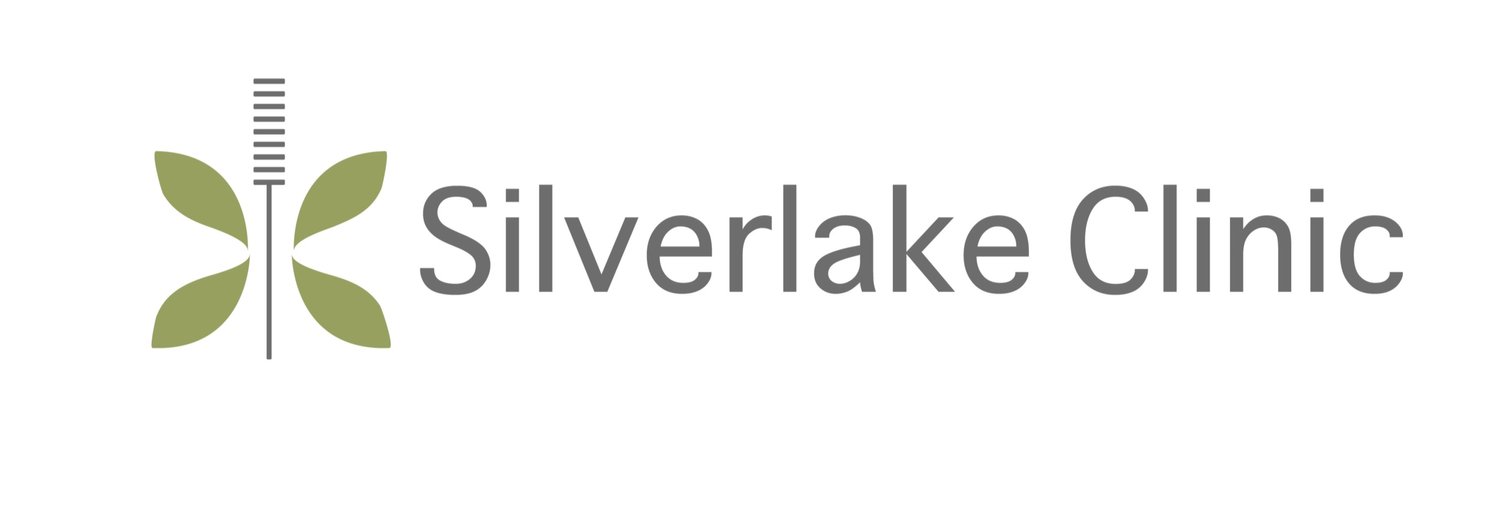What is Ki(Qi)?
Qi, Ki(기, 氣): Ki is the dynamic force responsible for the activity of life, initiates movement, protects the body against pathological factors, promotes metabolism, maintains organ functions, and warms the body. Ki forms with energy from food through digestion and air through breathing. The liver is in charge of flowing the Ki, the Spleen is to transfer food into an energy source, Lung is to transform air into energy, Kidney is to store the Ki. The Ki circulates throughout the body via a network of conduits known as meridians or energy pathways, each connecting with an internal organ. There are twelve primary meridians.
What happens with Ki's Weakness?
When Ki is weak, you experience fatigue and weakness. For example, pores don’t close properly due to weakness, you may have spontaneous sweating, the urinary bladder cannot hold urine firm enough, the frequent urination can happen. Ki works as a shield around the skin to protect our body from pathogens. If defense Ki becomes weak, you can be susceptible to colds and allergies due to weak immunity.
What happens to deepen Ki’s weakness?
When Ki's weakness is prolonged, it damages Yang's energy. Since Yang's nature is warm, when Yang is weak, it makes cold. Since the metabolism becomes slow, you can have edema from the lower leg. You feel cold and are aversion to cold. Hypothyroidism is close to the concept of Yang's weakness.
What happens if Ki circulation gets stuck?
The close concept of Ki in Western medicine is the nerve. When the nerve is pinched, you experience dull pain or numbness. It’s from your muscle tightness or swelling. It can create swelling or edema from not flowing. The most common disease in the modern world is acid reflux. The stomach energy should be down to the intestines. However, when Ki is stuck, it cannot go downward. Therefore Ki is going upward creating acid reflux. Stress is a primary factor to disrupt the Ki flow. When Ki is stagnated, you may have depression or mood swings.
How do we improve Ki cultivation and circulation?
Deep breathing is the best way to cultivate the Ki because breathing gives you more oxygen that turns into energy. Deep breathing is also the best way to activate the parasympathetic system to relax the body and mind.
Imagine breathing through your lower abdomen (Low Dan-jeon), the energy source.
Imagine the energy channel opening from the top of the head to the lower abdomen.
Imagine unblocking the pathway if you feel any blockage along the channel.
When you breathe in, your abdomen pops up to allow the air comes in. (Breath in through your nose)
When you exhale, your abdomen goes towards the back, allowing the air to go out entirely. (Breath out through your mouth, initially, until you get used to breathing out fully)
The more you empty, the more air comes into your body automatically.
Imagine keeping the pure energy and storing it in the lower abdomen in inhaling.
Imagine removing the toxins and wastes out of the body through exhaling. You can blow out your stress as well.
Bonus Tip: Once you exhale fully, empty 20% more air if possible, then pause breathing until your body needs air.
This way is an excellent way to start. Once you get used to it, you can go to the next level.
Once you cultivate the Ki, you can move or send Ki by stretching. I will share this on another blog.
8.7.2022
Jungmin Ahn, AEMP


